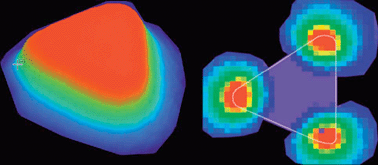Colloidal silver nanoplates. State of the art and future challenges
Abstract
This Feature Article provides an overview of current research on the synthesis and properties of silver nanoplates. Starting from a brief description of the origin of the optical properties of Ag


 Please wait while we load your content...
Please wait while we load your content...